Hydrangea companion plants
jessk
16 years ago
Featured Answer
Sort by:Oldest
Comments (14)
laag
16 years agoDYH
16 years agoRelated Professionals
Edmond Landscape Architects & Landscape Designers · Graham Landscape Architects & Landscape Designers · Allentown Landscape Contractors · Allentown Landscape Contractors · Aberdeen Landscape Contractors · Broadlands Landscape Contractors · College Park Landscape Contractors · East Chicago Landscape Contractors · Setauket-East Setauket Landscape Contractors · South Lake Tahoe Landscape Contractors · Palmetto Decks, Patios & Outdoor Enclosures · Roseville Decks, Patios & Outdoor Enclosures · Tomball Decks, Patios & Outdoor Enclosures · Citrus Heights Swimming Pool Builders · Stanford Swimming Pool Buildersduluthinbloomz4
16 years agojessk
16 years agolaag
16 years agoEmbothrium
16 years agolaag
16 years agoEmbothrium
16 years agobotann
16 years agospazzycat_1
16 years agoEmbothrium
16 years agojessk
16 years agospazzycat_1
16 years ago
Related Stories
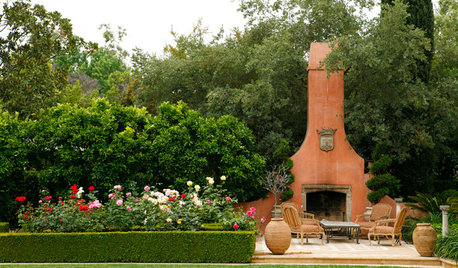
LANDSCAPE DESIGNMake Your Roses Even More Beautiful With These Companion Plants
Nourish your rosebushes and create a visual feast with these 7 classic and unexpected plant pairings
Full Story
EDIBLE GARDENSGarden BFFs? Why Your Vegetables Are Begging for Companion Plants
Foster friendships among plants for protection from pests, pollination support and color camaraderie
Full Story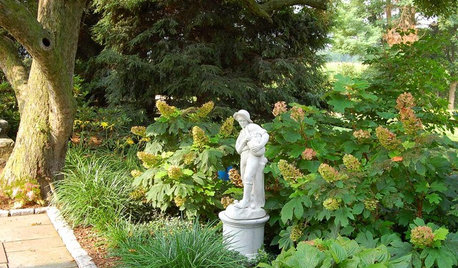
GARDENING GUIDESGreat Design Plant: Oakleaf Hydrangea
Consider this full, flowering shrub for year-round beauty in the garden as you plan your fall plantings
Full Story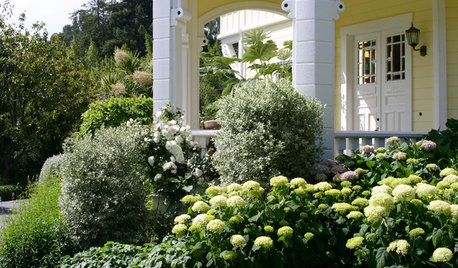
GARDENING AND LANDSCAPINGHave a Ball With Hydrangeas
Even if you don't tinker with the hue by changing the soil, hydrangeas have an entertaining range of uses in all kinds of landscapes
Full Story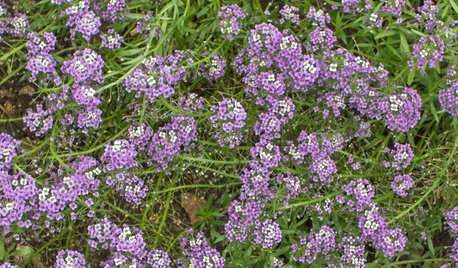
GARDENING GUIDESGreat Design Plant: Sweet Alyssum
This dependable winter bloomer makes a colorful companion in beds, baskets, even rock gardens
Full Story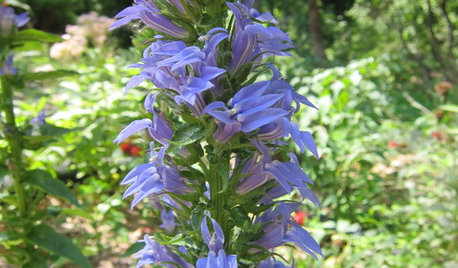
GARDENING GUIDESGreat Design Plant: Lobelia Siphilitica Keeps Its Cool
Great blue lobelia, a flowering native that prefers moist soil, adds a calming blue hue to the late-summer garden
Full Story
GARDENING GUIDESWhat's Wrong With My Plant? Leaves Often Hold the Clues
Learn how to identify common plant ailments by reading their leaves
Full Story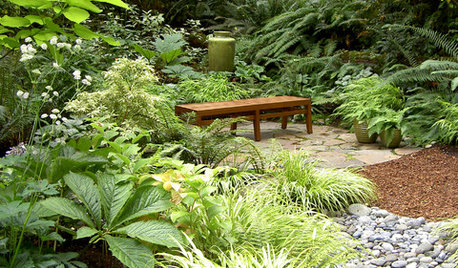
GARDENING GUIDESGreat Garden Combo: 6 Beautiful Plants for a Shady, Wet Site
Transform a shade garden with moisture-loving golden grasses, textural leaves and a sprinkling of flowers
Full Story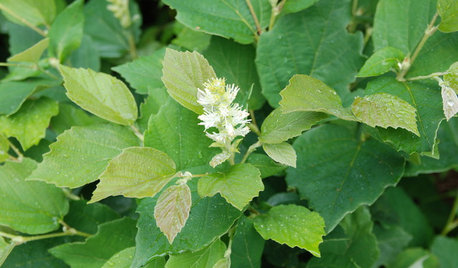
GARDENING GUIDESGreat Design Plant: Wildlife-Loving Dwarf Fothergilla Blazes in Fall
Its bottlebrush flowers attract bees and butterflies, while its stunning orange and scarlet foliage draws all who pass by
Full Story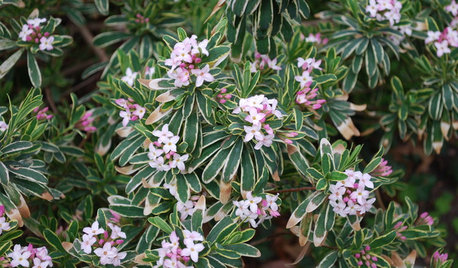
FLOWERSGreat Design Plant: Carol Mackie Daphne
With a sweet, strong fragrance and white flowers that fade to pink, this garden standout has feminine wiles to match its name
Full Story





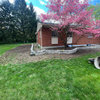

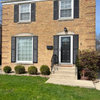
gardengal48 (PNW Z8/9)